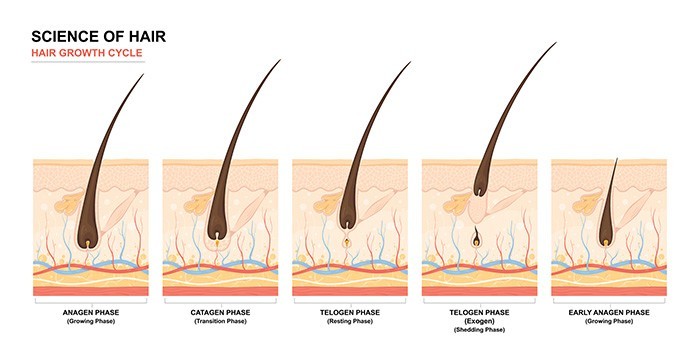If you’re exploring hair transplant procedures, you’re likely wondering how soon you’ll start seeing new hair growth. We’re here to help you understand the various stages of the hair growth cycle. In fact, the hair growth cycle after a hair transplant is similar to the stages of hair growth for normal hair. The reason is that donor hair is taken from the back of the scalp and transplanted to balding or sparse areas where hair loss is occurring. Below is an overview of the four distinct phases of the hair growth cycle and how the cycle begins and continues after a hair restoration procedure.


